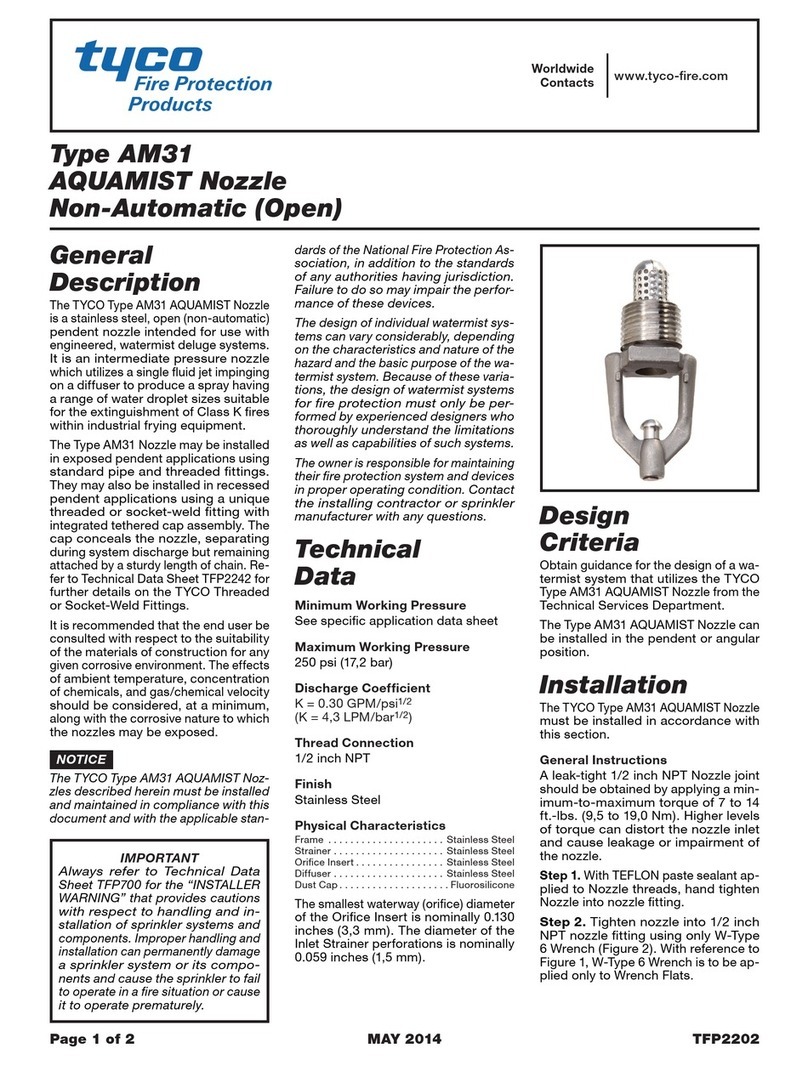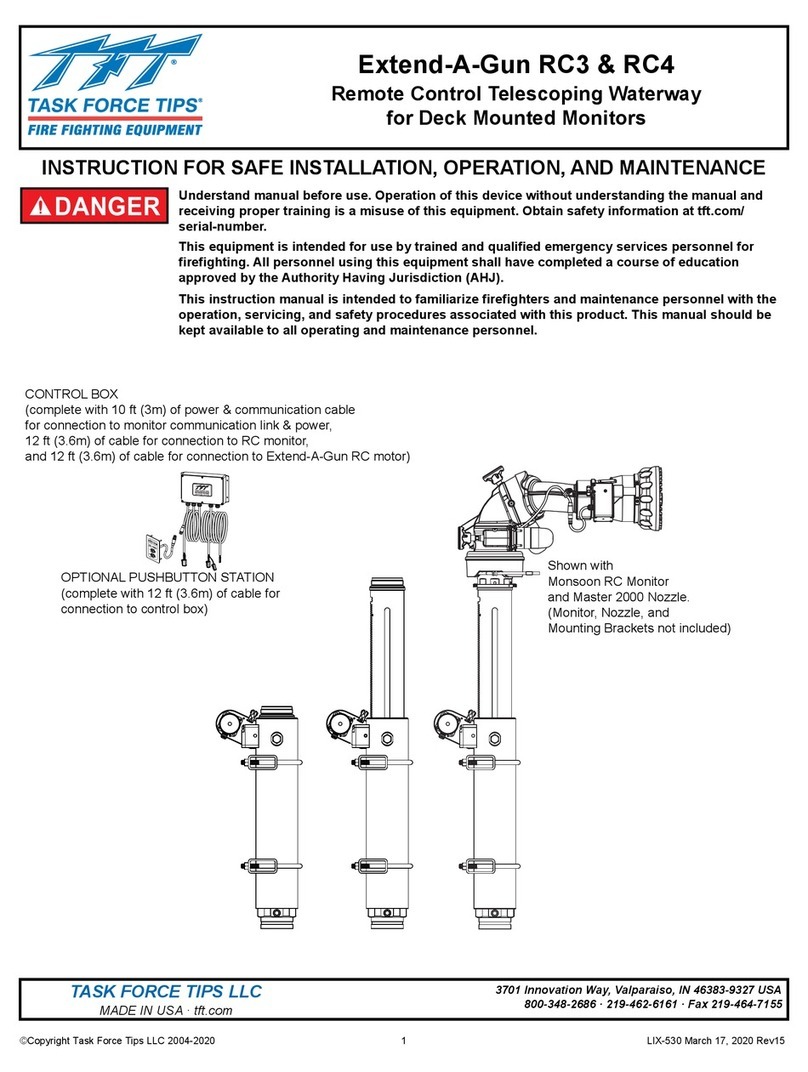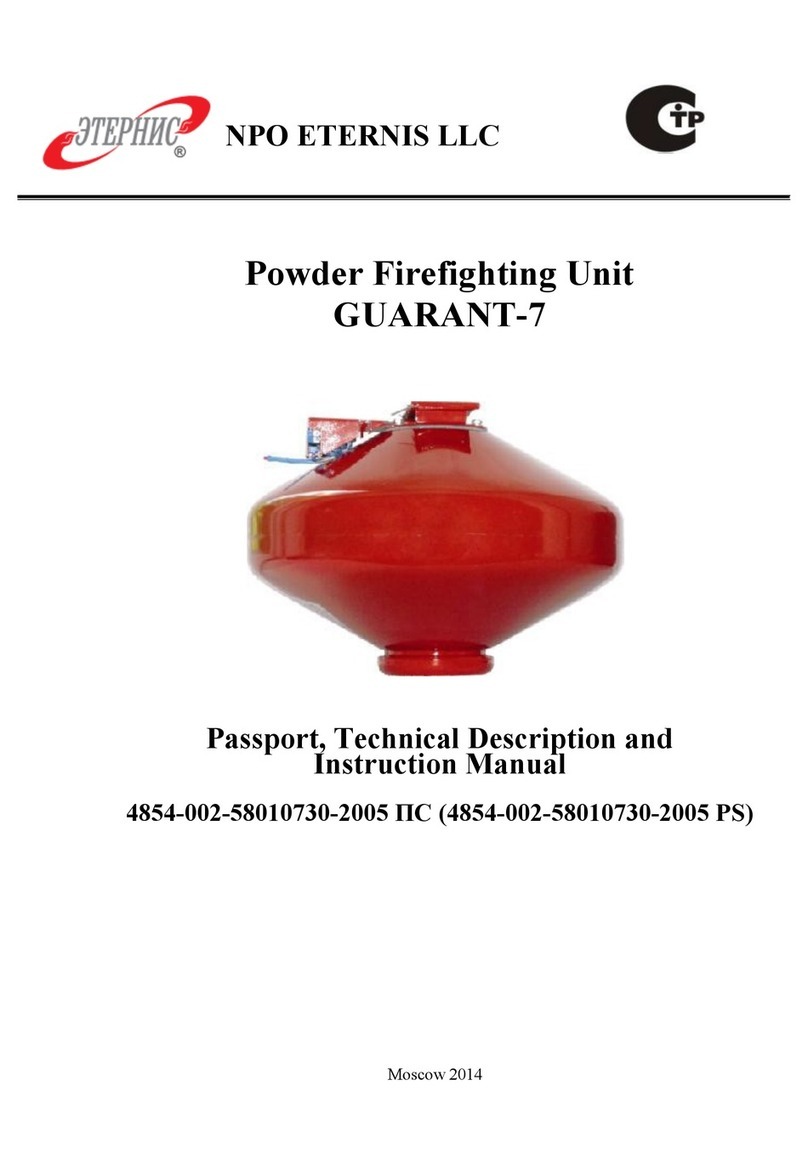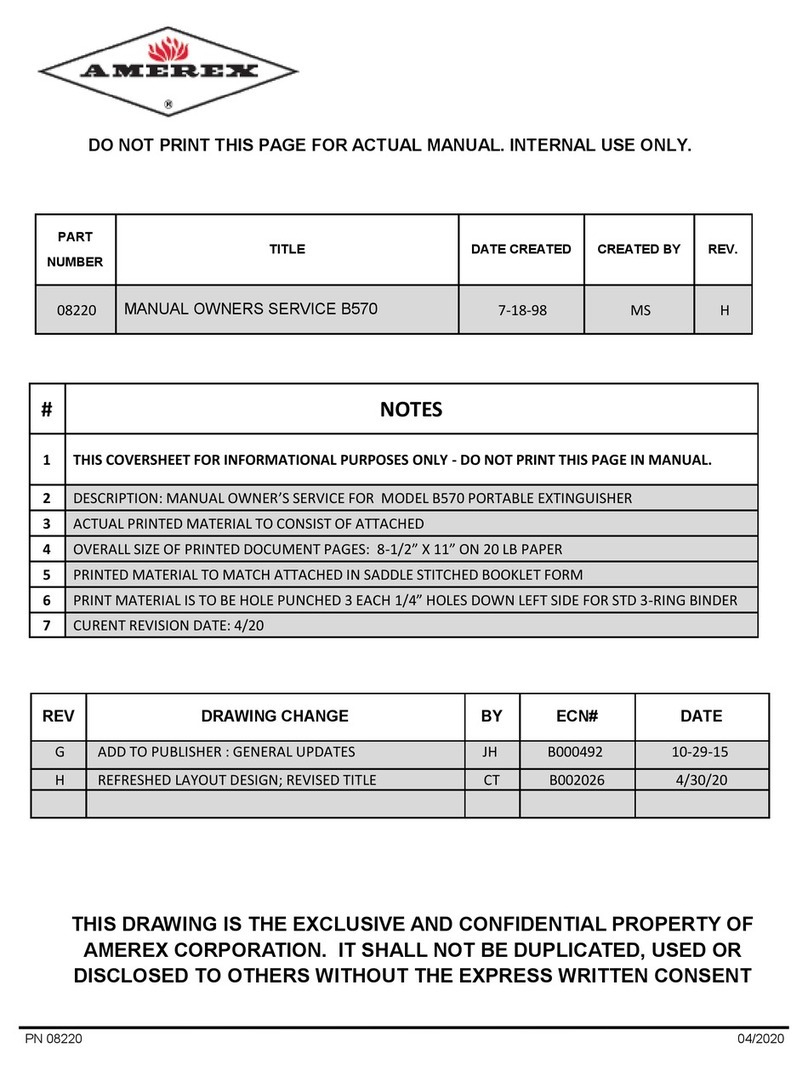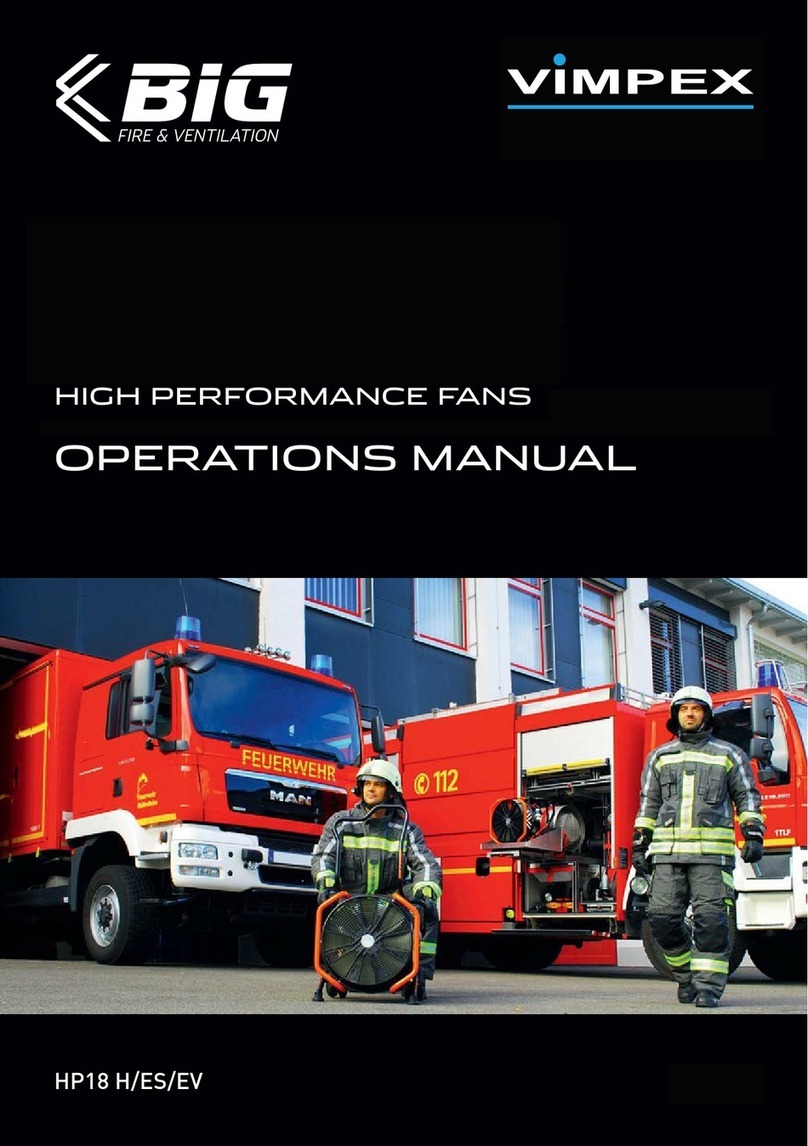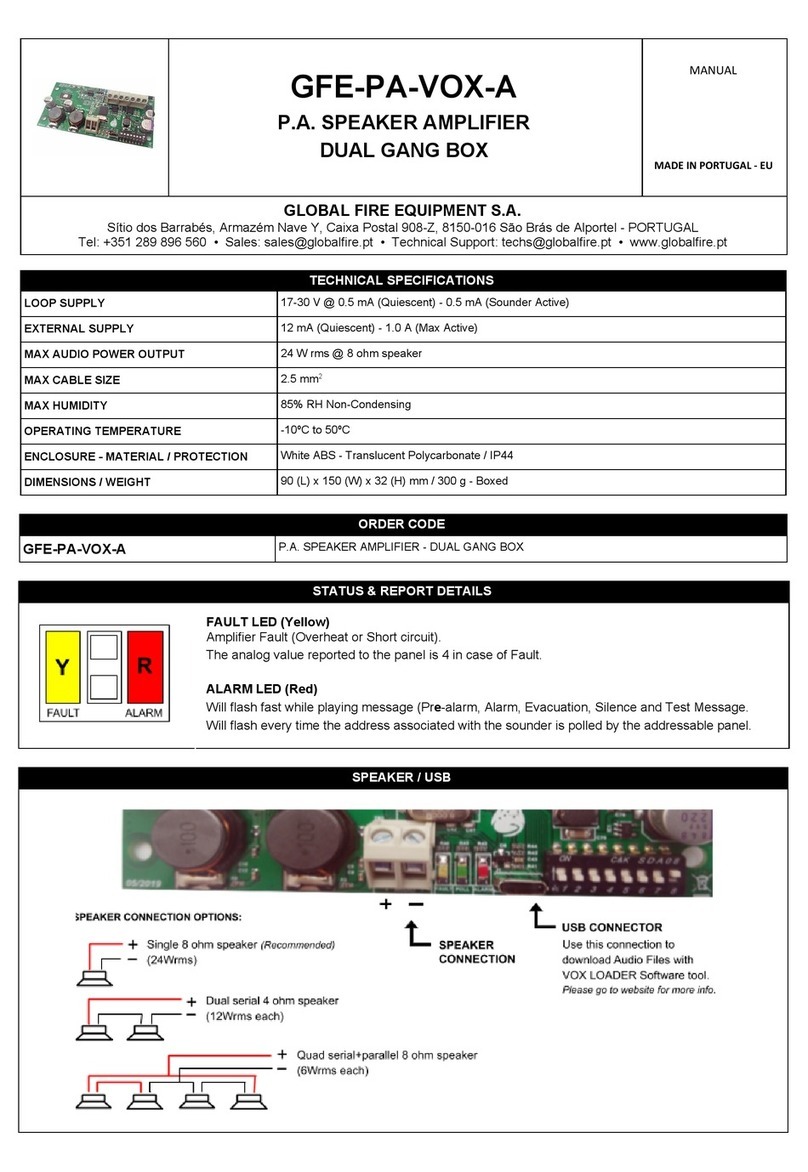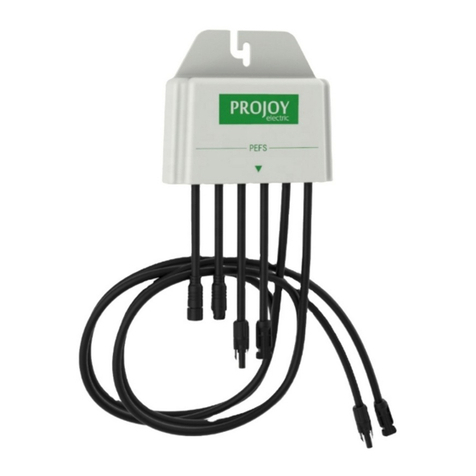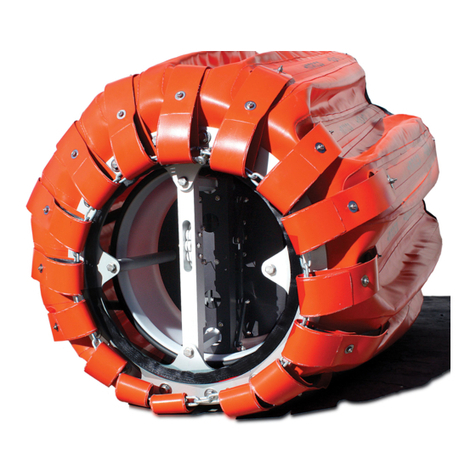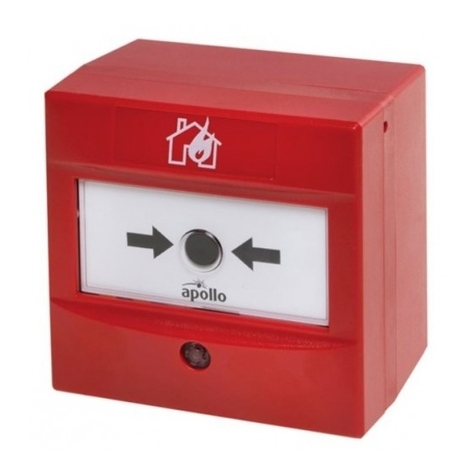
Maintenance Manual 3
PEFS F3 Maintenance Manual, Version 1.2, Feb 2018
© Copyright 2017 Chubb Fire & Security Pty Ltd
Contents
PRE-FACE....................................................................................................................................................................2
Document History......................................................................................................................................................2
Contents....................................................................................................................................................................3
About This Manual ....................................................................................................................................................5
Warranty....................................................................................................................................................................5
Consumer Guarantees............................................................................................................................................................5
Intended use............................................................................................................................................................................6
Introduction................................................................................................................................................................7
MAINTENANCE ...........................................................................................................................................................8
General......................................................................................................................................................................8
Precautions ............................................................................................................................................................................8
Pre-Maintenance Review (Design Survey).............................................................................................................................8
Water Quality.........................................................................................................................................................................8
System Defects........................................................................................................................................................................9
Service Records......................................................................................................................................................................9
Recommended Tool List .......................................................................................................................................................10
Service Schedule ....................................................................................................................................................11
Daily Routine Service Schedule............................................................................................................................................11
Six-monthly and Yearly Routine Service Schedule...............................................................................................................11
Six Monthly Service Instructions.............................................................................................................................14
System pressure check (Item 1) ............................................................................................................................................14
System control and indicating equipment [where fitted] (Item 2)........................................................................................14
Distribution system (Item 3).................................................................................................................................................14
Actuation system (Item 4).....................................................................................................................................................14
Manual Actuators (Item 5) ...................................................................................................................................................15
Detection System (Item 6).....................................................................................................................................................16
Storage containers (Item 7)..................................................................................................................................................16
System Labels (Item 8) .........................................................................................................................................................16
After Maintenance Activities ................................................................................................................................................16
Yearly Service Instructions......................................................................................................................................17
Discharge Test [Optional] (Item 9)......................................................................................................................................17
Storage containers (Item 10)................................................................................................................................................17
Cylinder Valve –Service (Item 11) ......................................................................................................................................18
Cylinder Refilling (Item 12) .................................................................................................................................................19
Distribution System –Clear Passage Test (Item 13)...........................................................................................................21
Manual Actuators –Service (Item 14)..................................................................................................................................22
Detection system –Pneumatic (Item 15)..............................................................................................................................23
Actuation system –Pneumatic (Item 16)..............................................................................................................................23
Actuation system –Electrical [where fitted] (Item 17) ........................................................................................................23
Detection system - Electrical [where fitted] (Item 18) .........................................................................................................24
System interface and shutdown [where fitted] (Item 19)......................................................................................................24
System Pressurising..............................................................................................................................................................24
After Maintenance Activities ................................................................................................................................................25
MAINTENANCE REPORT .........................................................................................................................................26
SPARE PARTS...........................................................................................................................................................27
Cylinder Assemblies & Brackets.............................................................................................................................27
Cylinders Assembles.............................................................................................................................................................27
Cylinder Assembly Details:..................................................................................................................................................27
LOP Cylinder Valve .............................................................................................................................................................28
Siphon Tubes........................................................................................................................................................................28
Fill Kits.................................................................................................................................................................................28
Over-fill Tubes......................................................................................................................................................................28
Cylinder Brackets.................................................................................................................................................................29
Discharge Components...........................................................................................................................................30
Stainless Steel Tube..............................................................................................................................................................30
Discharge Hose....................................................................................................................................................................30
Nozzles..................................................................................................................................................................................30
Nozzle Kits............................................................................................................................................................................31
Discharge Hose and Tube fittings.......................................................................................................................................32
